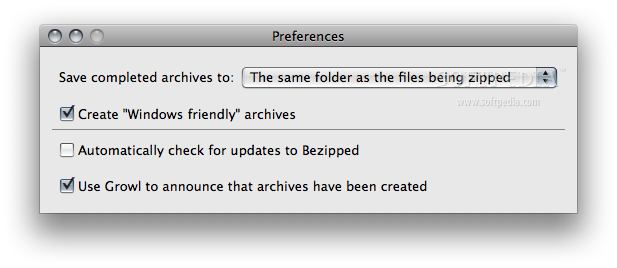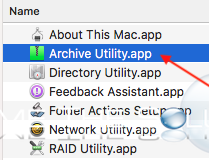

The second way is arguably easier-use the in-built Archive Utility, which has the same functionality of assigning a password. If you are familiar with the command line you can type in zip -e archivename.zip filetoprotect.txt, then enter and verify the password. There are two options to make a password-protected file. Sometimes, you might need password protection for your zipped files to prevent unauthorized access. How to enable password protection for zip files It will save your computer from junk files clogging up your hard drive. You can choose the route for the uncompressed files and specify your further actions with the uncompressed files.Īutomatic deletion of the archived files after they are uncompressed is a real time-saver. When the Preferences window opens, you will see a number of available options. In the context menu that opens, choose Preferences.

While Archive Utility is running, right-click on the application’s name. How to change Archive Utility preferences The zipped file is placed into the same folder where the unzipped file is.

In this guide, we’ll have a look at how to create and open compressed files on a Mac. Various OS offer different applications for the purposes of compressing and decompressing files. Such files allow for sending multiple pictures or documents in one go. Oftentimes, when you download files from the internet, you may find out they are compressed. It will also help you clean junk from your Mac and optimize its performance. pdf, or whatever, can be dangerous if your Mac has security vulnerabilities.ĭownload MacKeeper to minimize the risks of viruses and malware getting in. But you should remember that downloading any files from the internet, be it. zip files is much easier than you’ve thought before. After reading this article, you’ll discover that working with.


 0 kommentar(er)
0 kommentar(er)
